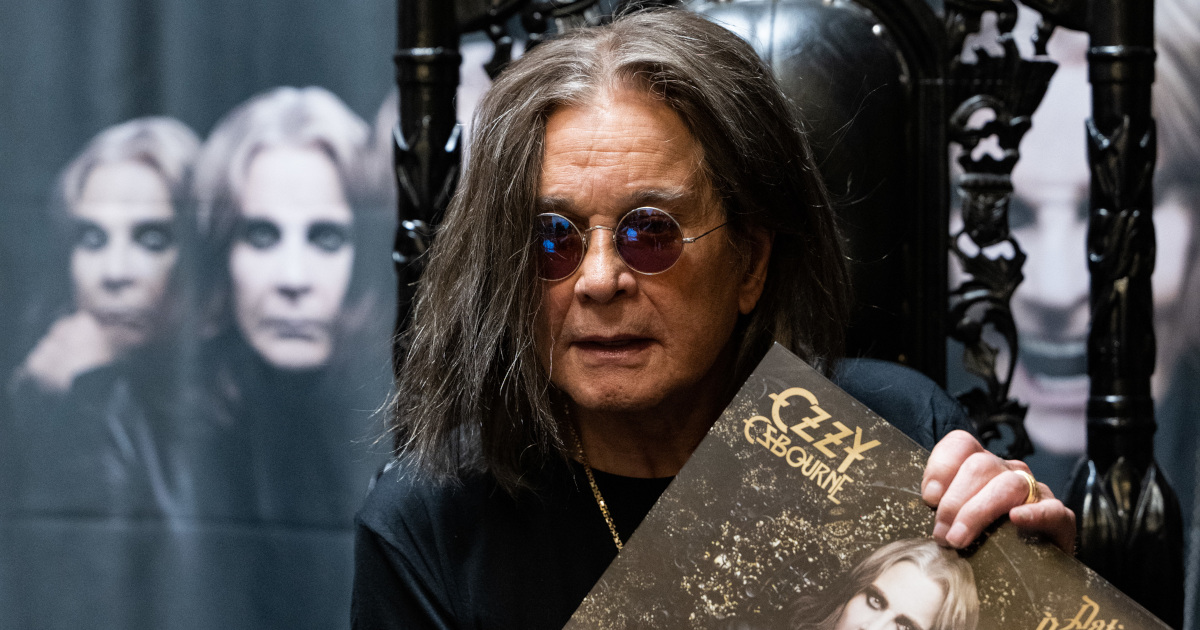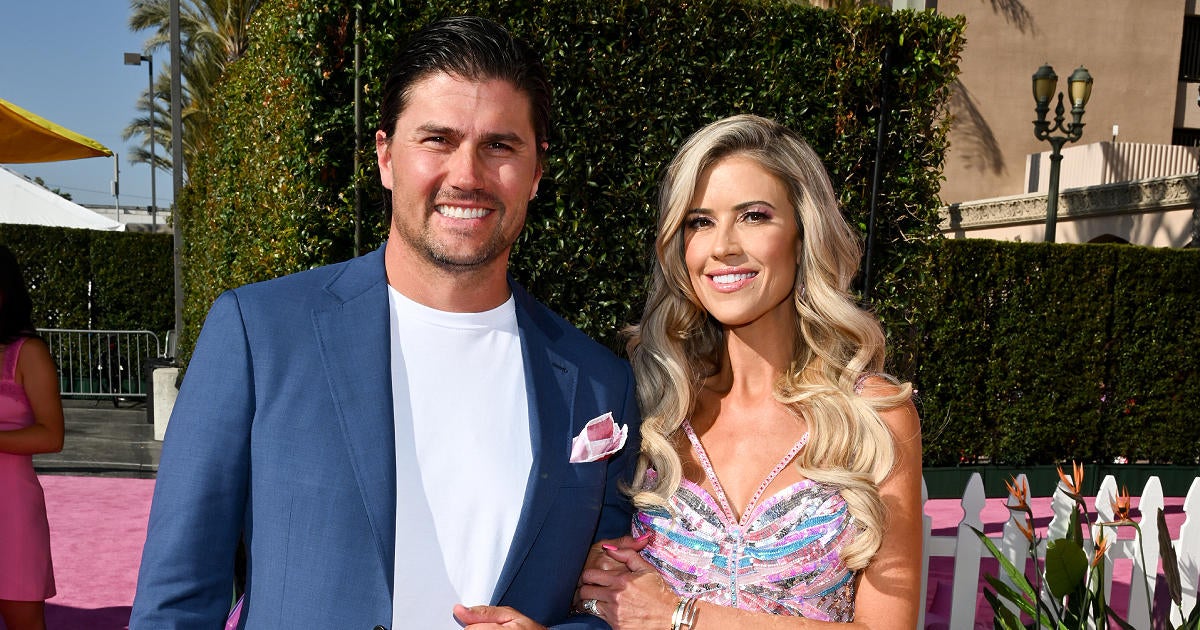Why Truman Capote Still Fascinates Us
Have you heard the story of Truman Capote’s downfall? That elaborate yarn about one of the 20th century’s literary lions double-crossing his closest friends, developing a terminal case of writer’s block, and slowly drinking himself to death? It’s the postscript in Capote, the 2005 film about the writing of In Cold Blood that’s drawn from Gerald Clarke’s biography about the writer. The 2006 movie Infamous, based on a dishy oral history by George Plimpton, ends with a similar summary. The saga was detailed in Sam Kashner’s Vanity Fair article from 2012, and again in Melanie Benjamin’s bestselling 2016 novel, The Swans of Fifth Avenue. It’s covered in the 2019 documentary The Capote Tapes, and it’s the central focus of Laurence Leamer’s 2021 book, Capote’s Women: A True Story of Love, Betrayal, and a Swan Song for an Era, which is the source material for the new FX series Feud: Capote Vs. the Swans.
Forty years after Capote’s passing, pop culture is still fascinated with this sophisticated soap opera. Maybe that has to do with its Americanness: the gay arriviste who fled a troubled childhood in the Deep South and reinvented himself among New York high society, only to sink as spectacularly as he soared. Maybe it’s because Capote was tied to so many other beloved mid-century luminaries, from Audrey Hepburn and Marlon Brando to longtime friend Harper Lee, who based the crafty To Kill a Mockingbird character Dill on him. Whatever the cause, each Capote chronicle is rendered through contemporary concerns about authorship, fame, relationships, and the passage of time. As the marketing for Feud suggests, the socialites in Capote’s orbit were the “original” Real Housewives of New York City, making him a sort of highbrow Andy Cohen.
Many writers have left colossal footprints over the past 100 years—F. Scott Fitzgerald, Tennessee Williams, James Baldwin, Joan Didion, Norman Mailer. But the Capote legend is the one that seems to enchant people the most. “It’s a testament to how he crafted his own celebrity,” Thomas Fahy, director of English graduate studies at Long Island University and the author of Understanding Truman Capote, tells The Ringer. “His wit, his charm, his talent, and his association with the ultra-wealthy were certainly part of that, and they reflect our own obsessions with access to celebrity culture. We got to watch the trajectory of his life, and that includes the darker side of our celebrity worship, which is relishing or taking some kind of pleasure in the decline of a celebrity.”
Feud explores that decline at length. By the end of its first episode, Capote (Tom Hollander) has already become persona non grata among his core social circle, the posh women whose catty secrets he spilled in a thinly veiled 1975 Esquire short story meant to be an excerpt from a novel he never published. Over lunch at Manhattan’s chic La Côte Basque, Capote’s cohort would exchange wicked gossip. Among the group was the favored Babe Paley (Naomi Watts), married to the mighty chairman of CBS; Slim Keith (Diane Lane), a stylish jet-setter who hobnobbed with Cary Grant and William Randolph Hearst; C.Z. Guest (Chloë Sevigny), commemorated in Diego Rivera paintings, Slim Aarons photographs, and the cover of Time magazine; and Lee Radziwill (Calista Flockhart), a blue blood forever stuck in her sister Jackie Kennedy’s shadow. Perhaps naively, none of them expected Capote to use their chitchat as material. They were furious when he did.
:no_upscale()/cdn.vox-cdn.com/uploads/chorus_asset/file/25258302/truman_capote.jpg)
Hopscotching across the 1960s, ’70s, and early ’80s, Feud recounts what drew Capote and the women to one another—and the toll it took when most of the group ostracized him in climactic fashion. Ryan Murphy, the anthology series’ originator, outlined the season, after which Jon Robin Baitz, the Pulitzer-nominated playwright who created the ABC drama Brothers & Sisters, wrote all eight episodes. “We have so few models of outrageousness amidst glamor,” Baitz says of his attraction to Capote’s pageantry. “He represents a kind of gay outsider, and some of that lives on. YouTube is filled with interviews where he’s a little bit worse for wear, to say the least.” Baitz and director Gus Van Sant (Good Will Hunting, Milk) structured some of Feud according to whether they could pinpoint the right actresses opposite Hollander’s flowery dialogue. Other so-called swans, like Gloria Vanderbilt, Vogue darling Marella Agnelli, and Harper’s Bazaar contributing editor Gloria Guinness, were excised from the narrative.
Each Capote portrait allows its makers to project different hypotheses onto this treble-voiced smoothie whose outsized personality offset his diminutive frame—or, as Baitz puts it, the “ornately decorated, little gay elf.” Capote (which won Philip Seymour Hoffman an Oscar) and Infamous (starring Toby Jones) dramatize the cost of In Cold Blood, the true-crime pacesetter about two brothers executed for murder in small-town Kansas. Both films present a vampiric Capote ingratiating himself with locals in exchange for access. A sensation that made Capote even more of a talk show perennial than he already was, the book saddled him with insurmountable pressure to produce another masterpiece. The Esquire story supplied an easy way to stay relevant in the face of such anticipation. It, too, was an act of vampirism. But unlike In Cold Blood, it was Capote’s undoing. After his friends abandoned him, he had something of a nervous breakdown, subsisting on a buffet of pills, vodka, and regret.
Those friendships, and their deterioration, are also the foundation of The Swans of Fifth Avenue. Baitz avoided reading Benjamin’s novel, assuming it would cover too much of the same ground. He wasn’t wrong: Swans begins the same way the inaugural episode of Capote Vs. the Swans ends, with the women gathering at La Côte Basque to rant about Capote’s recent treachery. The two depictions have ample overlap—including the starry Black and White Ball that Capote threw in 1966, which is also the subject of Deborah Davis’s 2006 nonfiction book, The Party of the Century, and a forthcoming stage musical—but some of their inventions differ. Feud imagines a tormented Capote communing with Paley’s ghost after she dies of lung cancer in 1978, while Swans of Fifth Avenue envisions a scene in which Capote stations himself outside her funeral, watching surreptitiously as the clique he once commanded convenes without him.
Benjamin says her book was optioned multiple times after its success. At one point, it was going to be a limited series featuring Bryce Dallas Howard. Rob Roth, a visual artist who wrote a 2022 play about the creative kinship between Capote and Andy Warhol, was interested in turning the novel into a musical. Various adaptations lingered in what Hollywood calls development hell. Benjamin was close to inking a final deal when Feud was announced, she says.
“This huge scandal had never really been fictionalized before,” Benjamin says of Swans. “Facts are for the historians, and emotions are what a novelist can do. To me, the relationship between Babe and Truman is the heart of the novel. She had an uninterested husband cheating on her all the time and not much purpose in her life. She was only known for her beauty, and then along comes this giant intellectual who seemed to see something in her. She’s a mother figure in a lot of ways. … She didn’t live long after the fallout. She wasn’t the same old Babe, and neither was Truman.”
Any novelist, screenwriter, or reporter probing the Capote mythology gets to interrogate the “why” of it all. Why did he sell out his friends, knowing how image conscious they were? Did he believe his charisma made him bulletproof? Had he known the whole time that he would use their words as literary grist? If they hadn’t dismissed him, would Capote have finished Answered Prayers, the novel the Esquire story teased? And how much did his own biography inform his decisions? As a boy in Alabama, Capote felt abandoned by his mother, who frequently locked him away while entertaining gentleman callers. She, too, wanted to ingratiate herself into elite Park Avenue circles, depositing Capote with relatives until she summoned him to New York years later. That early rejection haunted Capote throughout his life. Rebranding himself as a bon vivant was a way to overcome it. As that status faded, what did he have left? “He put himself in the position where he was again kind of orphaned,” says Kashner, the author of the Vanity Fair article. In The Capote Tapes, following a clip from one of Capote’s appearances on The Dick Cavett Show, Cavett says to the camera, “It almost was sort of suicide,” referring to his banishment from the swans’ inner circle.
There is, of course, a generous way to interpret Capote’s actions: He didn’t deceive his pals—he immortalized them in the pages of an influential magazine. Nothing Edith Wharton wouldn’t have done. “I don’t think his initial impulse was that this was going to be a betrayal,” Fahy says. “I think he thought that these were lifelong friends who were going to be happy for him and that he’d disguised their names well enough—no hurt, no foul, right? He was desperate to get this material out there as a way to inspire himself to get back to work. I don’t think he anticipated the depth of the controversy.”
Fahy and others cite Capote’s combustion as a precursor to reality television. (A recent Vanity Fair headline dubbed his former sidekicks “the original influencers.”) Capote’s late-’70s slump was documented on Dick Cavett and The Stanley Siegel Show, where he slurred his words and struggled to replicate the aplomb that had made him popular. Unlike certain celebrities who predated the modern media era or tried to hide their foibles from the public, Capote was willful about retaining his spotlight. Perhaps that is what makes him so contemporary. “Truman enjoyed it all, but I think that deep down he wished that he could have just gone to lunch with Babe Paley,” Warhol associate Bob Colacello told Kashner. During Capote’s final years, he contributed to Interview and Playboy, attempted to get sober so that he could finish Answered Prayers, published a handful of short stories, and reportedly planned a follow-up to the Black and White Ball that never materialized. Until alcoholism got the best of him in 1984, he often seemed one move away from a comeback. What happened in between those events remains, more or less, a mystery. And so we do what any captive audience would: We speculate.
“Especially in our age, he was somebody that cultivated celebrity,” says Infamous producer Christine Vachon. “There was a lot of drama around the way he lived his life, and I think all of that is very beguiling. I just have a tremendous amount of empathy for somebody who was as talented as he was, and as damaged. He was unable, ultimately, to bring his talents and the way that he wanted to live together in a way that was not dangerous for him.”
Matthew Jacobs is an Austin-based entertainment journalist who covers film and television. His work can be found at Vulture, Vanity Fair, The Hollywood Reporter, HuffPost, and beyond. Follow him on X @majacobs.







